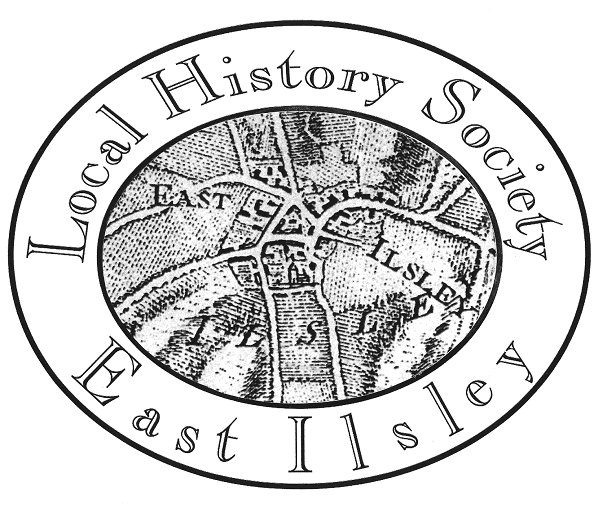Parish Council Minutes
The East Ilsley parish council has been involved in many types of activity over the last 100 years. These are recorded in the minute books of Parish Council meetings, which have been kept since the Local Government Act of 1894 introduced Parish Councils as we know them today.
The first Minute Book provides full details of the procedures for a Parish Council to follow in calling meetings, voting etc. as defined by the Local Government Act of 1894. Initially, councillors were elected for one year only which may have indicated concern about the established Vestry practice of allowing individuals to stay in office for many years. The yearly elections must have proved too onerous and were soon changed to 3 yearly, later still to every 4 years. Many local responsibilities were transferred to the newly formed parish councils in 1894, however the chairman quite often tended to be also the local vicar, which must have provided a useful working link. One task of the council at this time was to appoint Overseers yearly to collect the Poor Rate and a precept was also set to cover the cost of carrying out the Parish Council’s duties.
The procedures detailed in the second Minute Book were substantially the same as the first, indicating that they formed a sound basis for carrying out the functions of local government. However, the Local Government Act of 1972 introduced significant changes including several new powers and rights, one of which was to be notified of all planning applications.
The Society has published a booklet which describes the evolution of Parish Councils and some of the interesting subjects that have been the focus of East Ilsley Parish Council’s attention during the first century of its existence, such as:
- Commoners’ rights,
- The Village Pond,
- Celebrations,
- Traffic,
- and footpaths,
to name a few
“It was also proposed to put fresh boundary marks all round the outsides of the Cow Common downs, and it was agreed. Mr John Ward was asked to see to it as soon as possible and to get Richard Gregory and William Lambourn two old parishioners to do the work as they both knew the old boundary marks.”
23 Mar 1898
